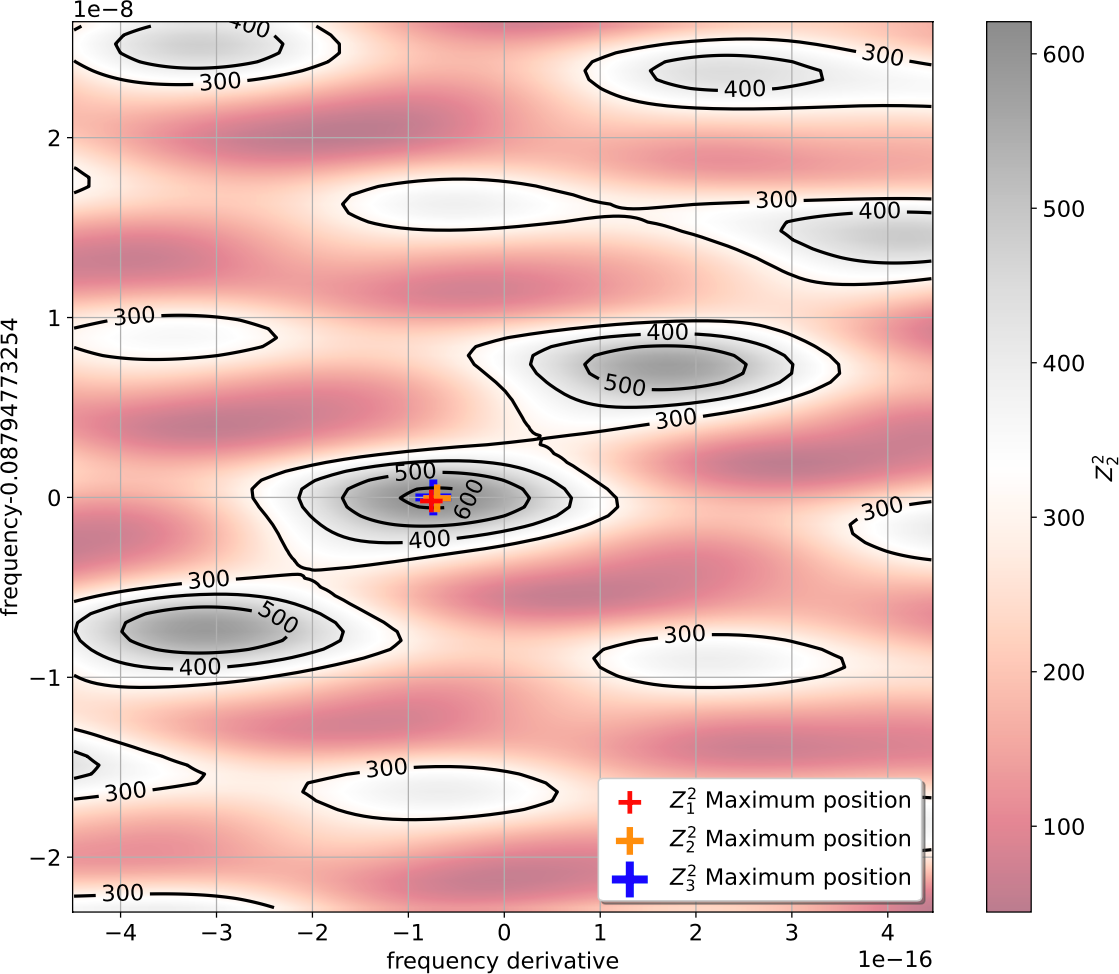NICER / ISS Science Nugget
for September 26, 2024
Winding down slowly
n a recently published peer-reviewed paper in The Astrophysical Journal, B. Posselt (Univ. of Oxford, UK) and collaborators report on their use of 21 NICER observations - proposed, planned, and carefully distributed over nearly 4 years - to make the first measurement of the very slow spin-down of the pulsar known as RX J0806-4123 (Figure 1), one of only a handful of X-ray-bright thermal isolated neutron stars (XTINS) known. The rotation rate of RX J0806 was already established via pulsations seen in X-rays every 11.37 seconds, while the new determination of its long-term winding down fleshes out our characterization of the star by pinning down three important attributes: its approximate age is 1 million years, the oldest among the group of XTINS; its magnetic field strength, 10^13 Gauss, is typical of the group; and the rate with which it loses rotational kinetic energy, generally termed "E-dot," is among the lowest of all known pulsars.
This last finding is notable because it signals an energetic conundrum: the power emitted by RX J0806 in X-rays is 60x greater than its rotational energy loss rate; in other words, and unlike the vast majority of known pulsars, the observed radiation ultimately cannot be powered by the star's rotation. Another source of energy is needed. The X-ray emission is thermal in nature, and just 6% of it is pulsed, suggesting that much of the neutron star surface is hot (at approximately 1 million degrees Kelvin), with perhaps a small, localized non-uniformity in temperature - a "hot spot" carried into and out of view by the star's rotation. Neutron stars are born hot, in supernova explosions, but the advanced age of RX J0806 should have allowed it to cool to much lower temperatures than required by the observed spectrum of X-rays. Among the star's energy stores, then, the remaining candidate for powering the emission is a slow decay of its powerful magnetic field. Theoretical understanding of such "magneto-thermal" evolution of neutron stars is an active area of research that benefits from NICER observations of surface X-ray emission, and promises unique insights into heat-transport and the internal properties of these extraordinary objects.


Left: In the plane of pulsar spin frequency, in cycles per second, and its time-derivative (i.e., the rate at which the frequency changes), contours and color coding show the values of a statistic, Z2-squared, that represents the strength of periodic modulations of X-ray brightness in NICER observations of the isolated neutron star RX J0806.4-4123. Grey islands represent candidate combinations of frequency and its derivative, with optimal values Ð for a spin period of 11.37 seconds Ð indicated by overlapping crosses; their colors denote whether one, two, or three harmonics of the fundamental frequency were used to model the modulation shape. (Credit: Posselt et al. 2024)
Right: The spin behavior Ð here shown in pulsation period and its time-derivative Ð of radio pulsars (circles), magnetars (crosses), and thermal X-ray emitting isolated neutron stars (triangles), from a catalog maintained by the Australia Telescope National Facility. Symbol color represents the loss rate of rotational kinetic energy, except for the inverted red triangles, for which this energy loss rate is poorly determined; the newly reported measurement for RX J0806 is shown as a large brown triangle. The sloping dashed line represents the boundary below which pulsed radio emission is thought to turn off. (Credit: Posselt et al. 2024)
<< Previous
Main Index
Next >>